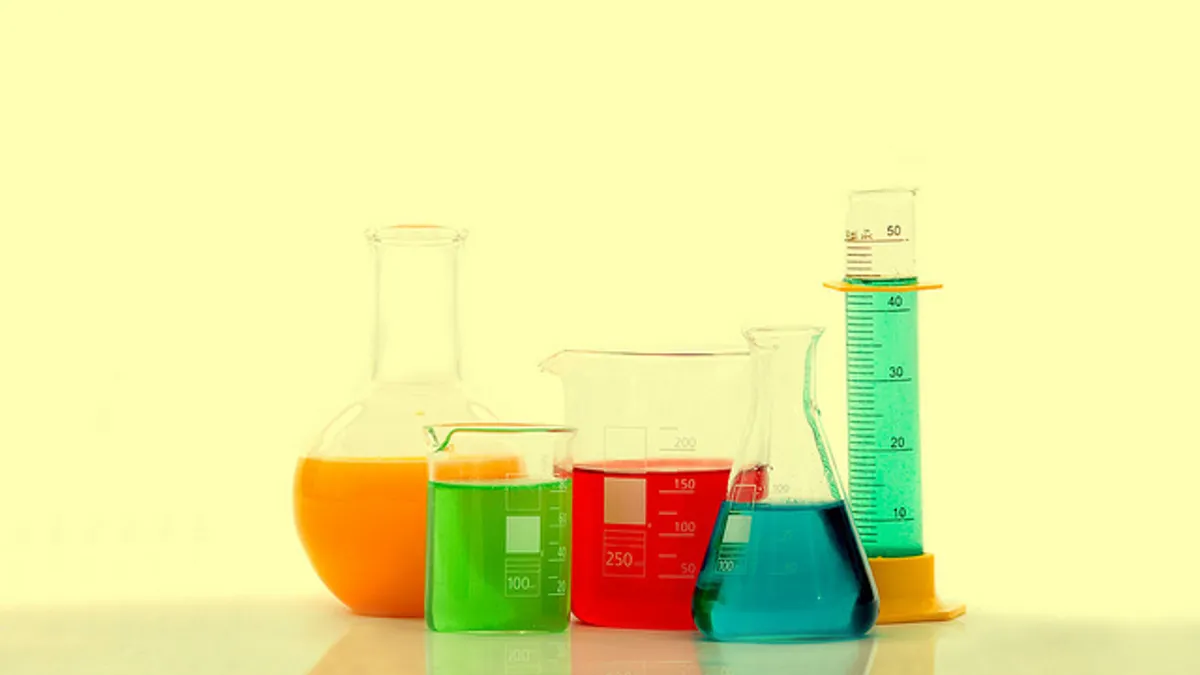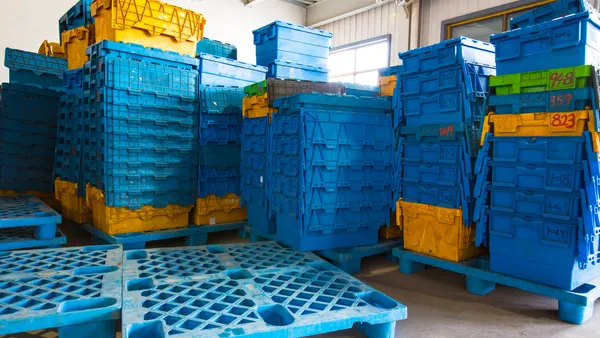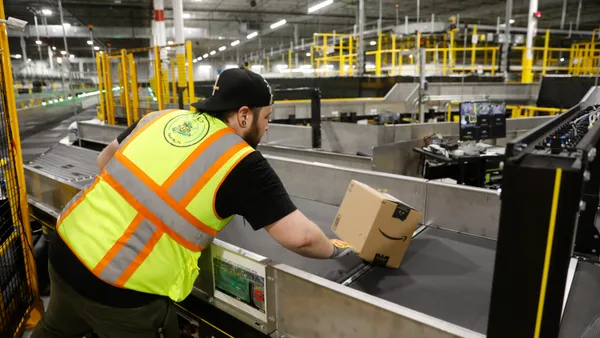Dive Brief:
- The U.S. chemical industry has generated 264 new projects and approximately $161 billion in capital investment in the past seven years, the American Chemistry Council reports. Roughly 426,000 new jobs and $301 billion in new economic output are expected as a result.
- However, logistics shortcomings affecting truck, rail, and marine transport are poised to negatively impact the industry via $22 billion in excess inventory due to transportation delays; capital expenditures of $23 billion for equipment and infrastructure, and an increase of operating costs of $29 billion.
- The roots of the shortcomings — such as a driver shortage, overregulation or a lack of investment — are often systemic in nature and require active participation from manufacturers, logistics providers and government officials alike.
Dive Insight:
When it comes to freight and manufacturing, an old tenet often holds true: volume leads growth. But what happens when volumes rise so much, congestion becomes the norm and customer service suffers?
According to the American Chemistry Council's report, the chemical industry fears the hypothetical issue may become a reality by 2020. The industry is expected to produce 18% more in capacity, or 53 million metric tons per year by that year, with most new projects launching within the next two years. Yet, road and port projects have been slow to keep up, and over 50% of industry respondents fear congestion will increase on all coasts.
The chemical industry is unduly affected by logistics, given the tight temperature controls and complexity of hazmat transfers. In particular, the industry has voiced concerns over regulations on truckers' hours of service and hazmat training stifling the trucking industry's capacity; 61% of chemical shipments travel by truck. In addition, the industry seemingly remembers the 2015 West Coast port strike delaying shipments for days, noting delays drive down profits all around.
The industry's growth, then, may depend especially on the importance placed on infrastructure upgrades under the next administration. Fortunately, as recently as Tuesday President Donald Trump reinforced his promise for a $1 trillion investment in infrastructure — which per a leaked list of projects would include investments on all modes of transport — financed by both public and private investment.
However, a stacked congressional agenda may delay the approval of such a bill until 2018, and leave countless industries to continue struggling in the meantime. Only time will tell, but the chemical industry is not alone in its concerns that volume will continue to increase without the infrastructure needed to guarantee economic growth.














